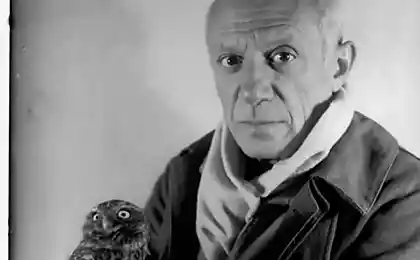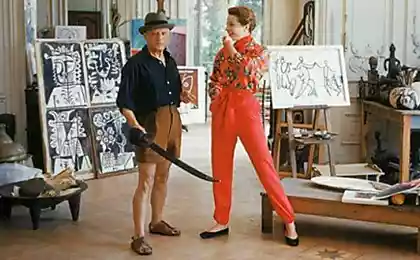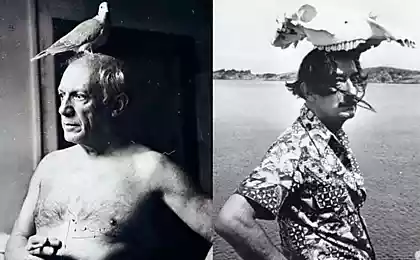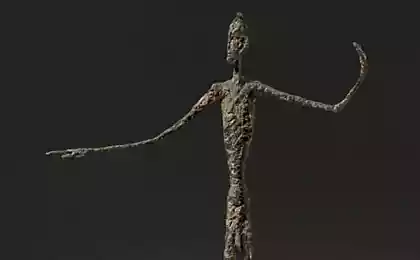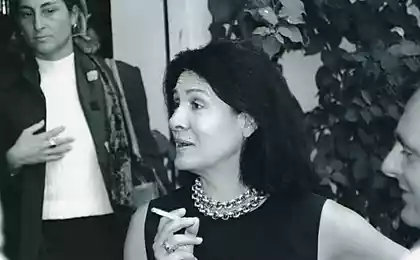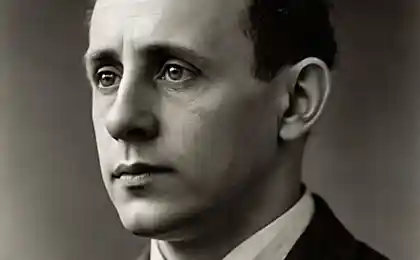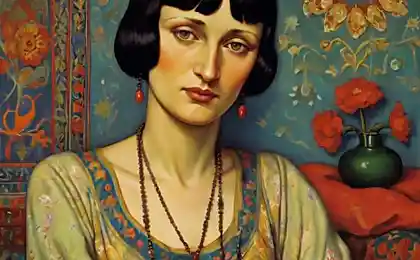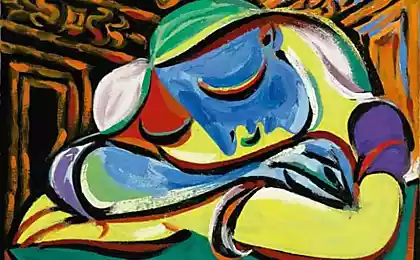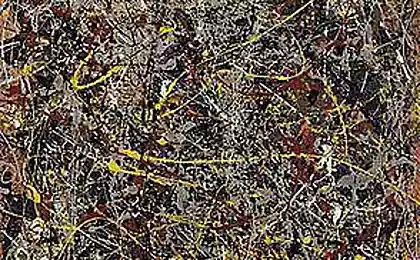415
Too many love stories by Pablo Picasso
“There are only two types of women to me, goddesses and foot rags.” Too many love stories.
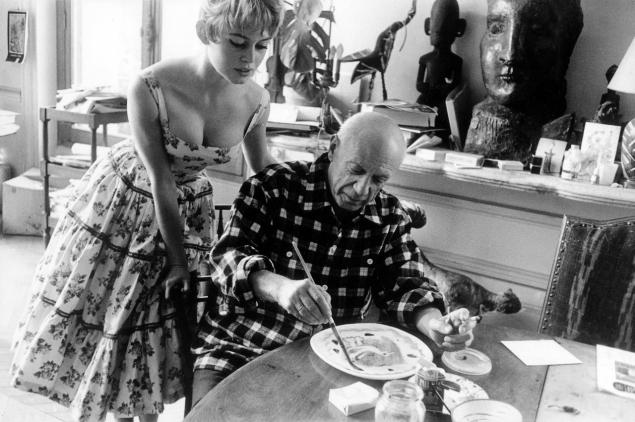
Mystery, Confusion, Madness, Magic: These are the first words that came to mind when patrons tried to describe the creation of the Maestro – “Studio with a plaster head”, when viewed at the Museum of Modern Art in New York. Indeed, the image looks confusing and multi-layered. And there is a sense of space that is shaking with the raging magnetism there.
The words "mystery", "madness" "layered" can define the life, passion, love and work of Picasso.
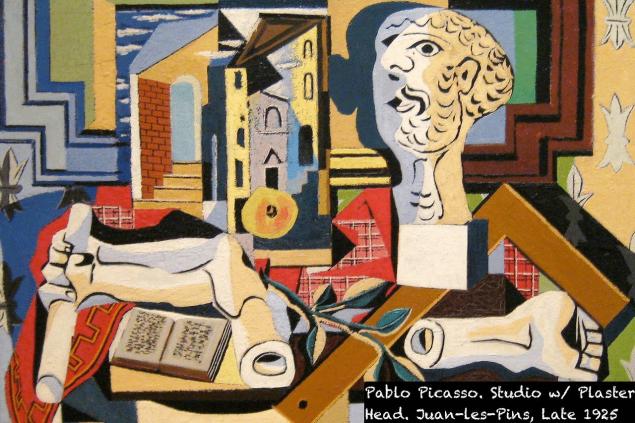
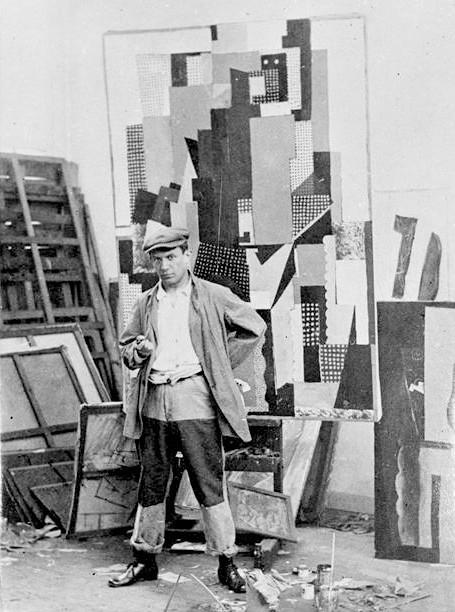
He was a terrific man: small, only 158 centimeters tall, with what is now called charisma. Picasso’s special aura was colored by his explosive, Spanish temperament and genius. A combination that women could not resist. And more eyes. Burning.
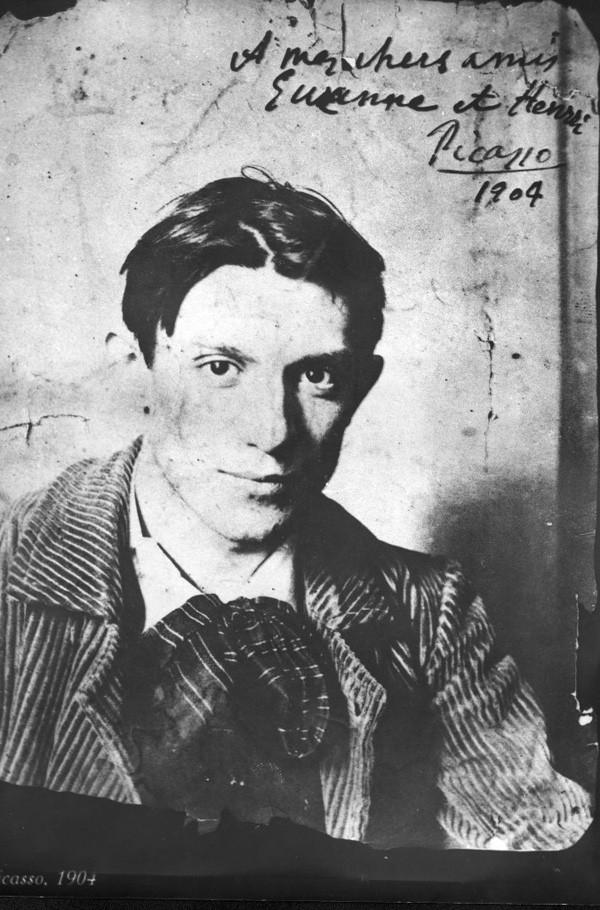
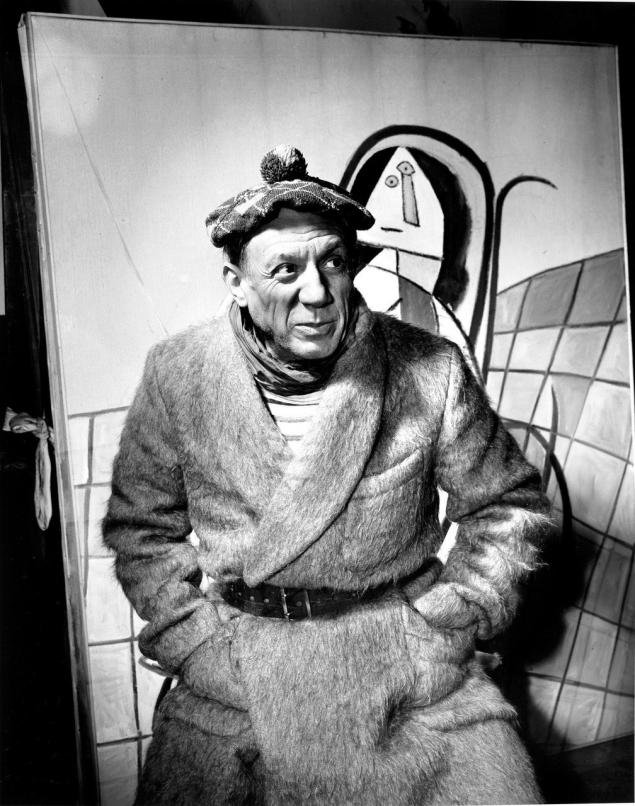
His love, however, was ruthless and even sadistic. Many Picasso women either committed suicide or went mad. Maria Theresa Walter hanged herself, went to a monastery, and then Jacqueline Rock shot herself, Olga Khokhlova became obsessed. After analyzing the handwriting of the Spaniard, Paul Eluard concluded: “He loves passionately, but his love kills.”
And when one of the last mistresses of genius Genevieve Laporte broke up with Picasso, Jean Cocteau told her: "You made this decision in time, maybe it saved your life."
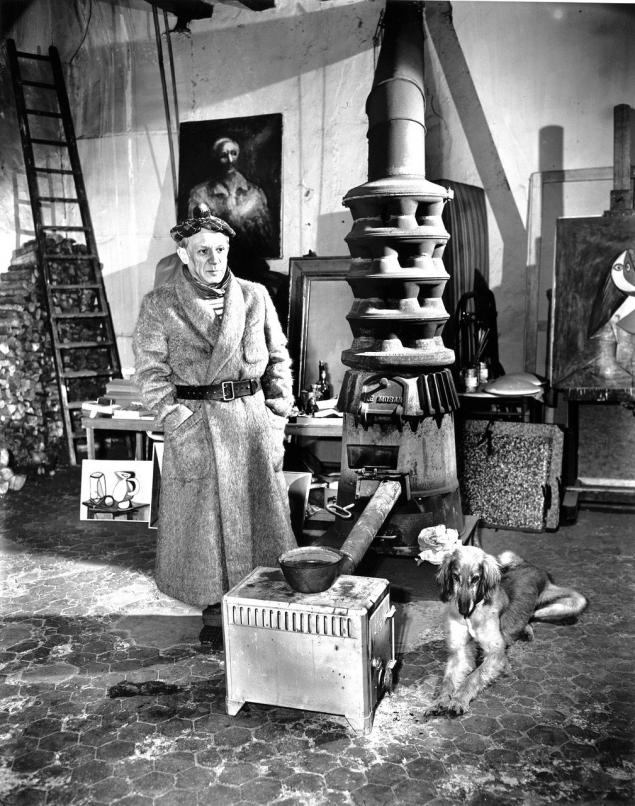
At the age of 8, Pablo wrote his first serious work, Picador. At the age of 16, Picasso entered the Royal Academy of Fine Arts of San Fernando. He dropped out just as easily. Instead of poring over the books, Pablo and his friends began to curate around Madrid brothels.
At the age of 19, the artist went to conquer Paris. Before leaving, Picasso painted a self-portrait. At the top of the picture, he signed with black paint: “I am the king!” However, in the capital of France, the “king” had a hard time. There was no money. One winter, in order not to freeze, he sank a fireplace of stone with his own works.
On the personal front, things were much better. Women have always loved Picasso.
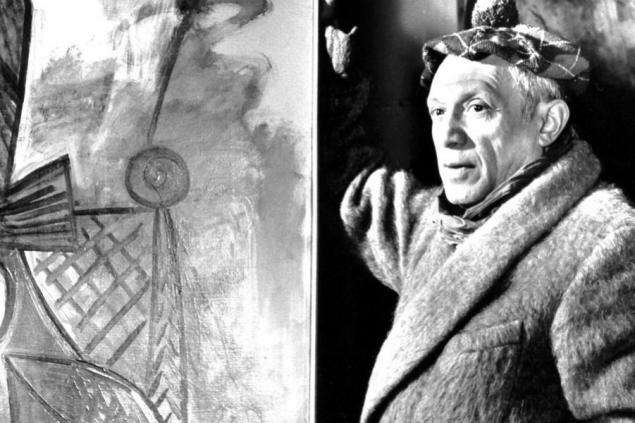
The artist cynically said, “For me, there are only two types of women – goddesses and rags to wipe your feet.”
Picasso quickly turned all his goddesses into rags.
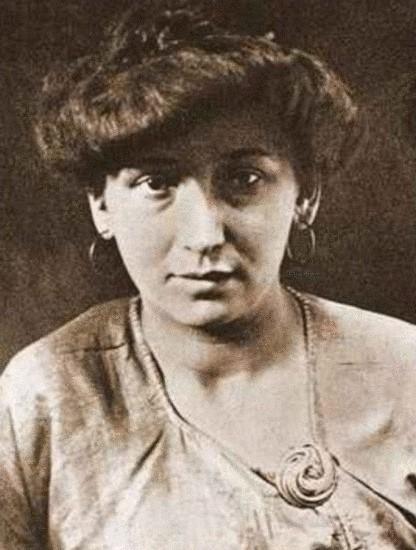
His first lover was Fernanda Olivier (she was 18, he was 23). In Paris, Pablo Picasso lives in a poor quarter on Montmartre, in a dormitory where novice artists settled, and where Fernanda Olivier sometimes poses for them. There she meets Picasso, becomes his model and his girlfriend. Lovers lived in poverty. In the morning they stole croissants and milk. Gradually, Picasso’s paintings began to be bought.
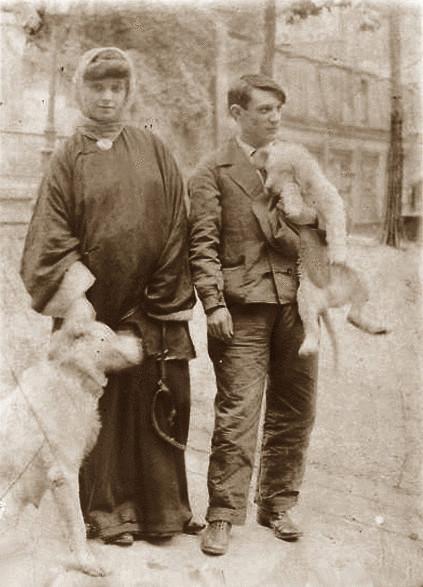
How much do Pablo and Fernanda here resemble those tender lovers from novels-research, which blossomed like sensual flowers on graceful stems. These are the spirit of marijuana romances where lovers, united for one night, accidentally stay together for life. In such novels, there was always an element of something "introduced" - a gift from outside - and so lovers bonded by marijuana never particularly trusted their love, marijuana was the third character in the play and might one day disappear.
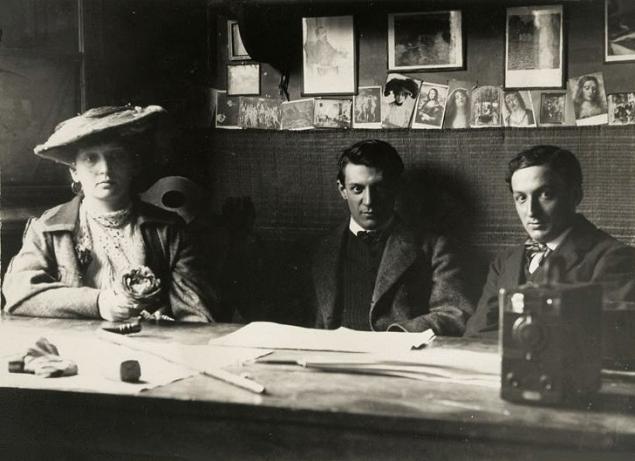
They lived together for almost a decade, and from this period a large number of portraits of Fernande and female images painted from her remain.
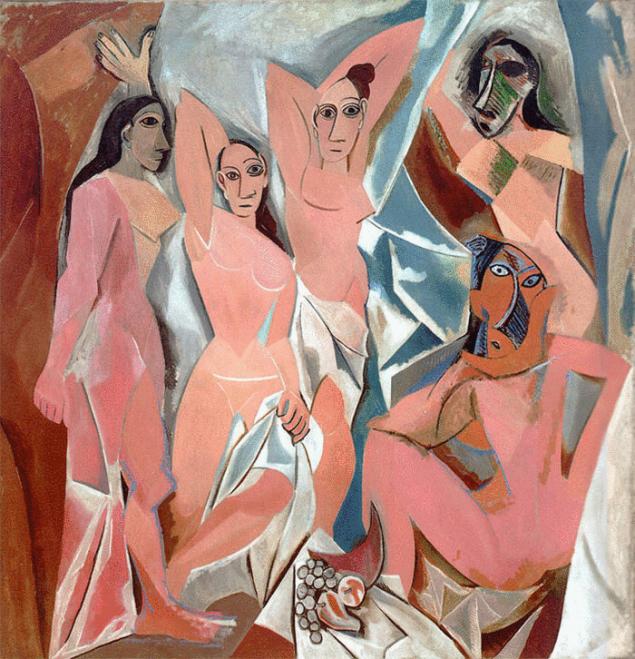
According to researchers, she was a model for the creation of Avignon maidens, one of the main paintings of Picasso, a turning point for the art of the twentieth century.
But there was a time when they lived apart (summer and autumn 1907). This summer left bad memories. Both he and she had affairs with others. But the worst part was that he lived with a woman who didn't understand Cubism at all, who didn't like it.
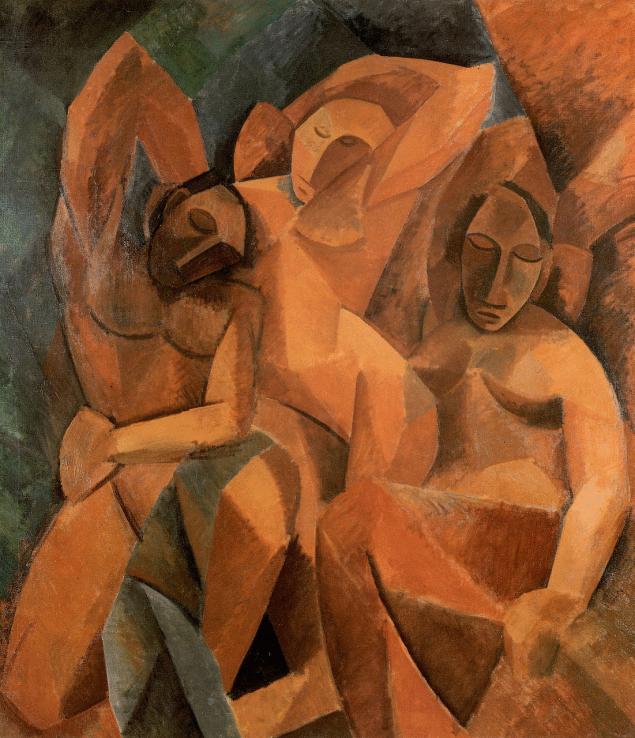
Picasso may have been suffering from an organic depression; later, when he returned to Paris, he suffered a stomach ailment. His ulcerative state. From now on, the relationship between the brush and the canvas will not go to the artist for nothing - cubism, as a complex, was as simple as playing chess in three dimensions. And they broke up, Picasso and Fernanda.
The first true love came to the artist in 1917, when he met one of the ballerinas of Sergei Diaghilev Olga Khokhlova.
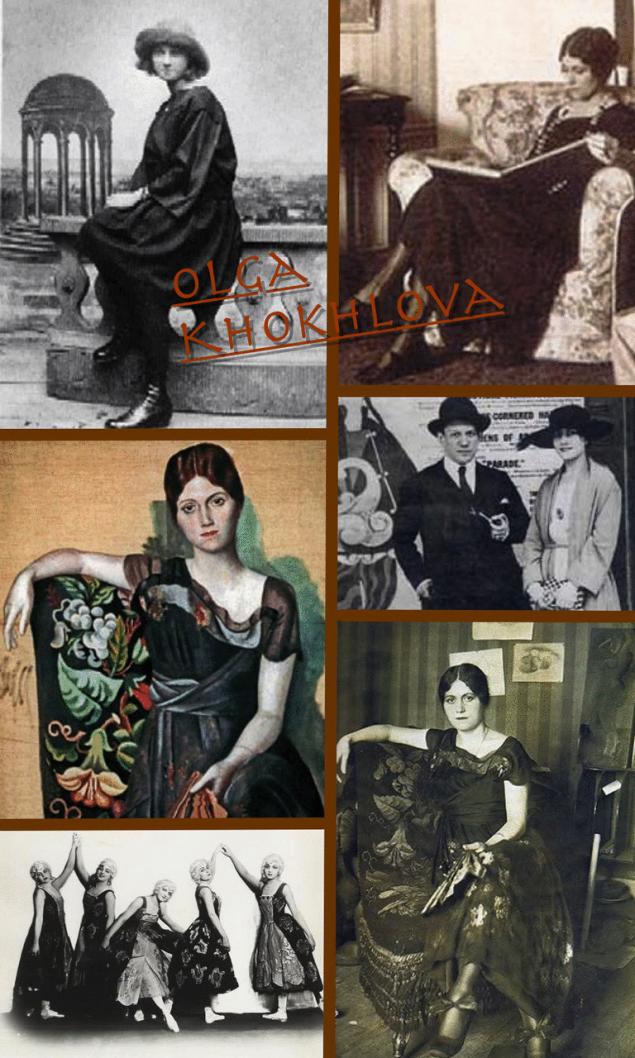
The history of their relationship began on May 18, 1917, when Olga danced at the premiere of the ballet Parade at the Chatelet Theatre. The ballet was created by Sergei Diaghilev, Eric Satie and Jean Cocteau, and Pablo Picasso was responsible for costumes and decoration.
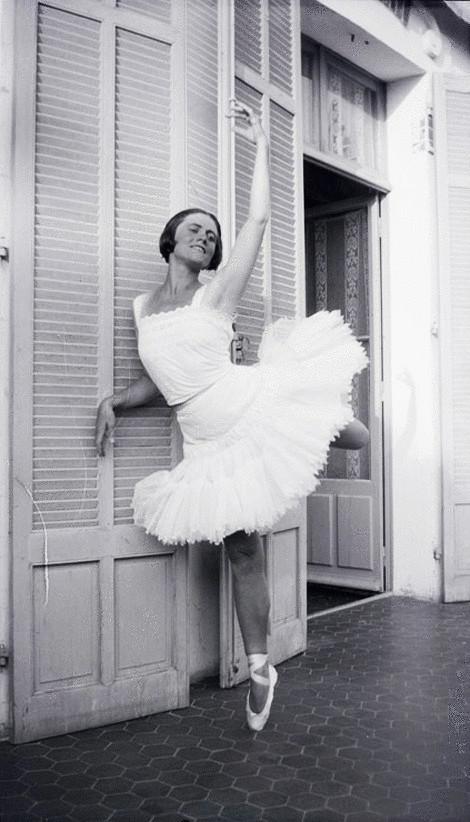
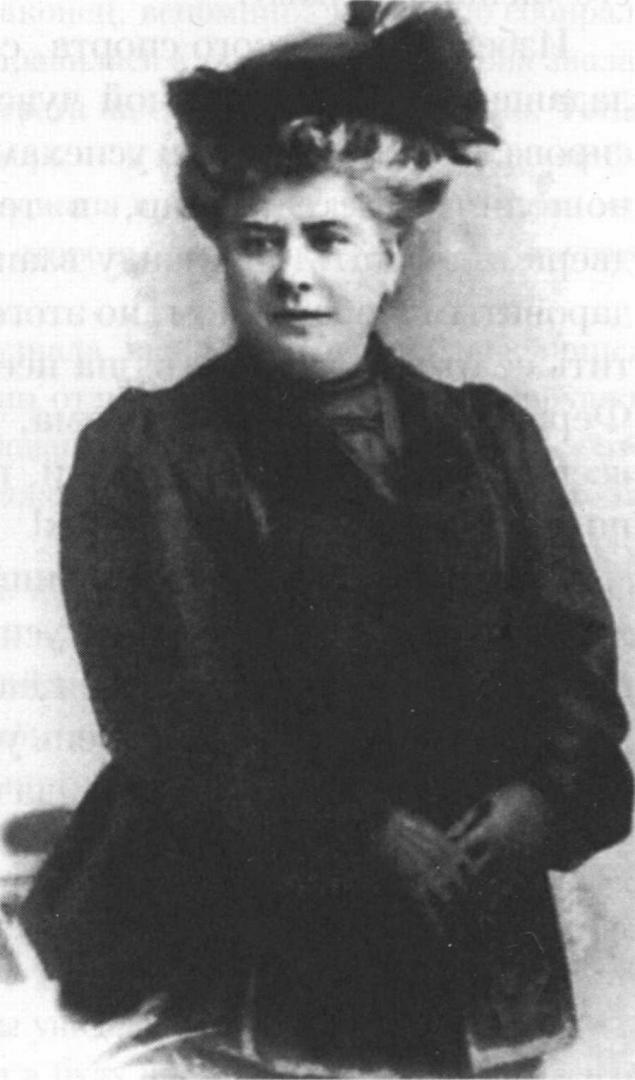
After they met, the troupe went on tour to South America, and Olga went with Picasso to Barcelona. The artist introduced her to his family. My mother didn't like her. Olga is a foreigner, Russian, not a match for her brilliant son! Life will tell you your mother was right.
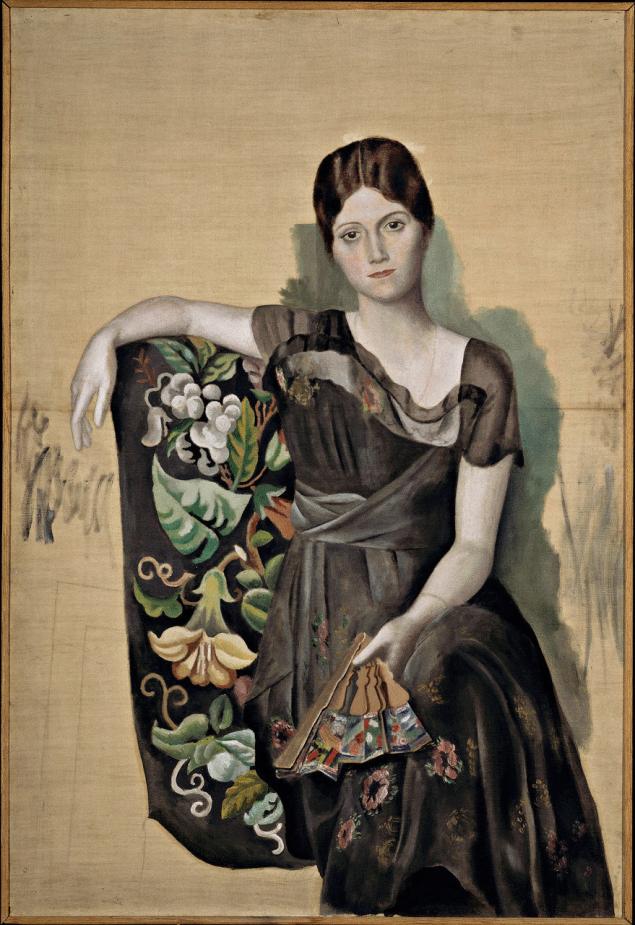
Picasso, especially for his mother, paints a portrait of Olga in Spanish costume.
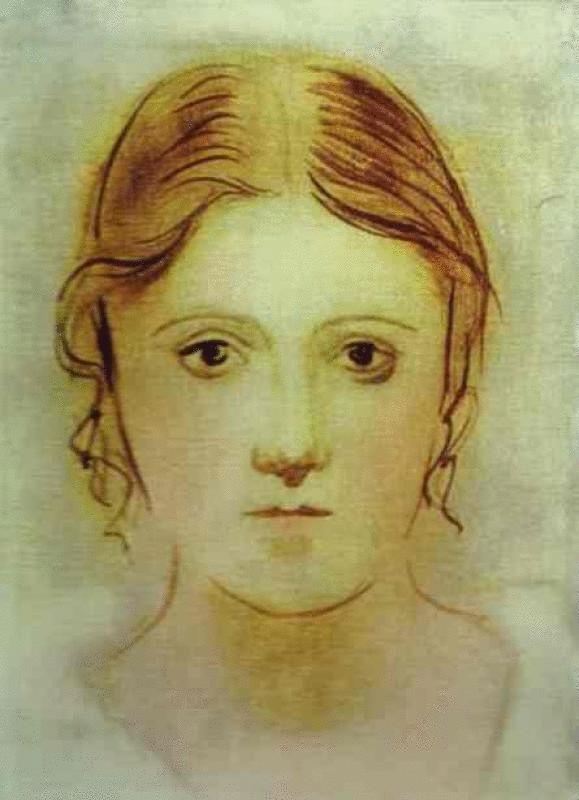
Olga and Picasso were married on June 18, 1918 in the Orthodox Cathedral of Alexander Nevsky. Jean Cocteau and Max Jacob witnessed the wedding.
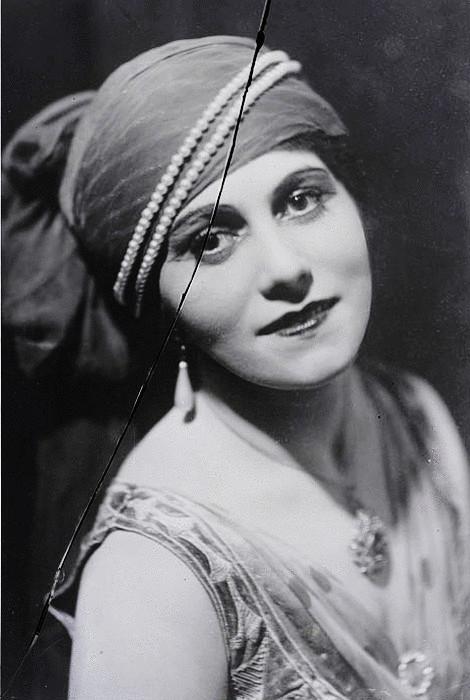
In July 1919, they traveled to London for the new premiere of the Ballet Russe, the ballet “Triangle” (Spanish “El Sombrero de tres Picos”, French “Le Tricorne”), for which Picasso again created costumes and sets.
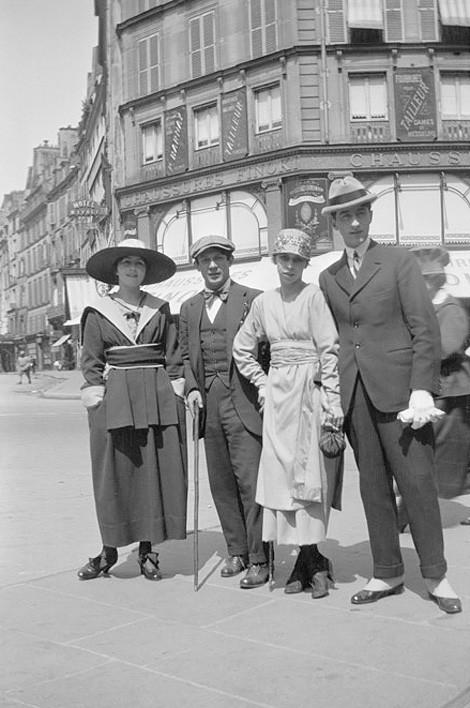
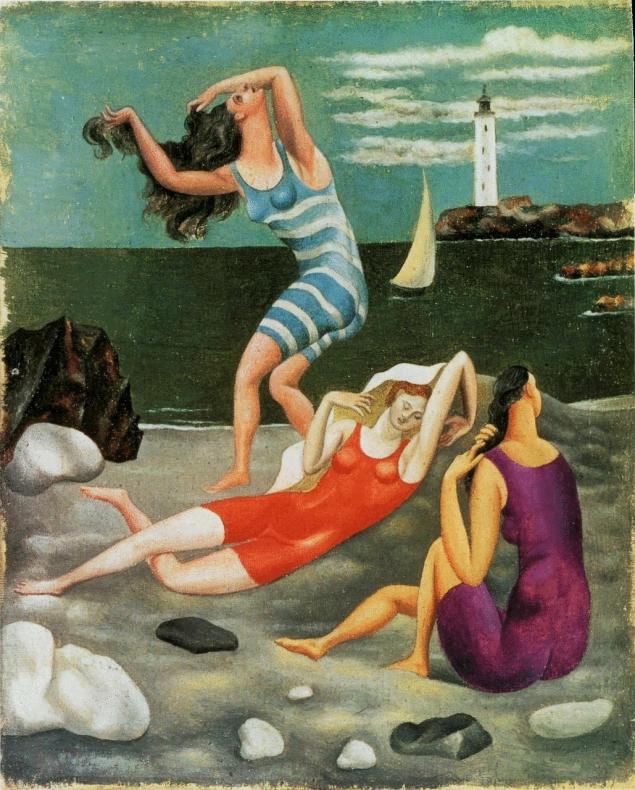
The ballet was also shown at the Alhambra in Spain and had great success at the Paris Opera in 1919. It was a time when they were happily married and often participated in public events.
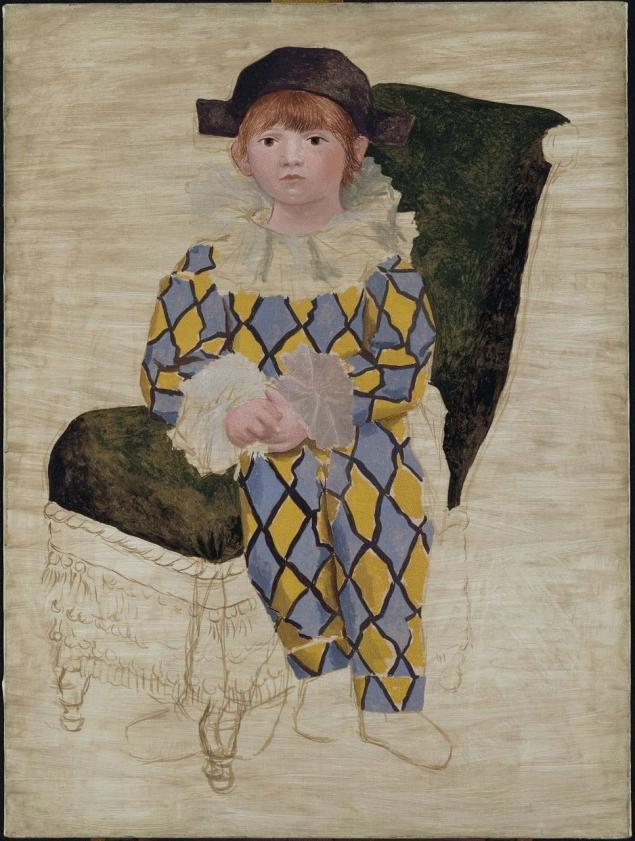
On February 4, 1921, Olga’s son Paulo (Paul) was born. Since then, the relationship of the spouses began to deteriorate rapidly.
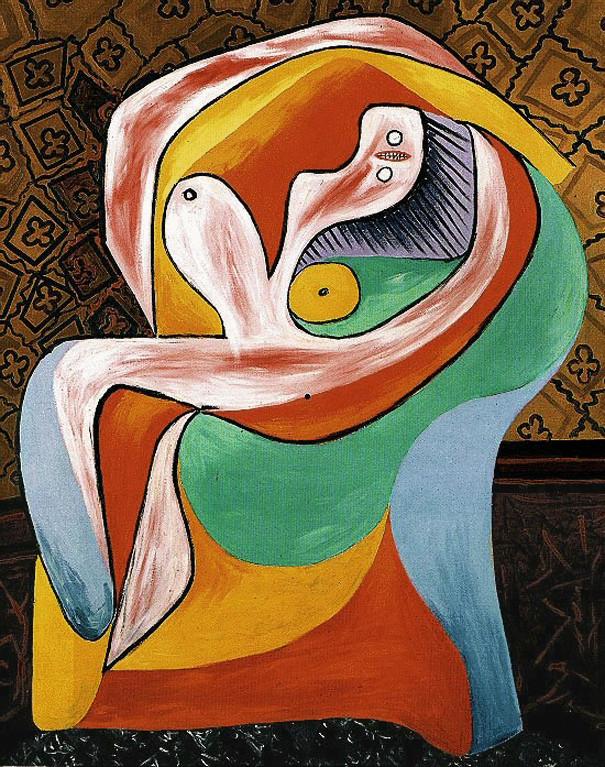
Olga was wasting her husband’s money, and he was desperately angry. And the most important reason for the disagreement was the role imposed by Olga Picasso. She wanted to see him as a salon portrait painter, a commercial artist, spinning in the highest light and receiving orders there.
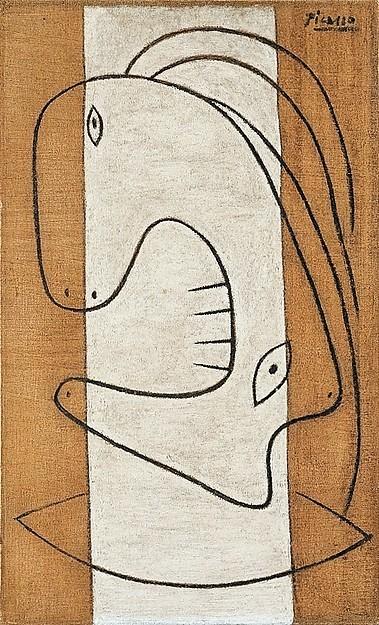
Such a life bored the genius. This was immediately reflected in his paintings: his wife Picasso portrayed exclusively in the form of an evil old woman, whose distinctive feature was menacing long sharp teeth.
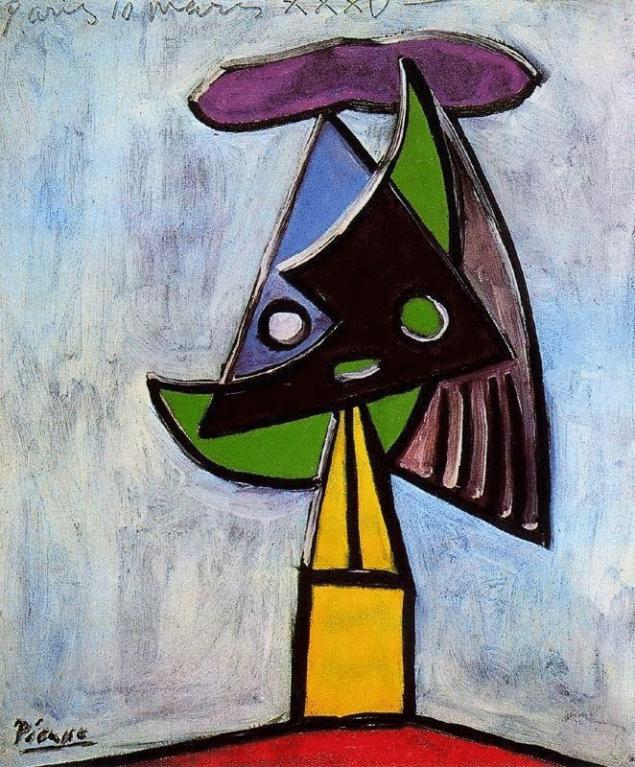
This is how Picasso saw his wife for the rest of his life.
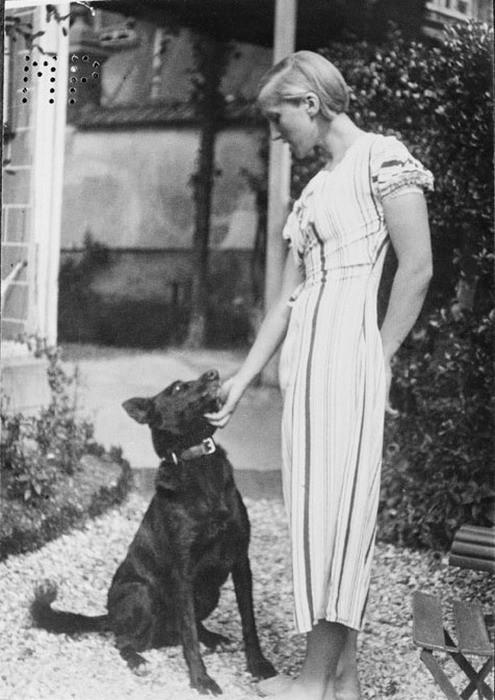
In 1927, when Picasso was 46, he escaped from Olga to 17-year-old Marie-Therese Walter. It was fire, mystery, madness.
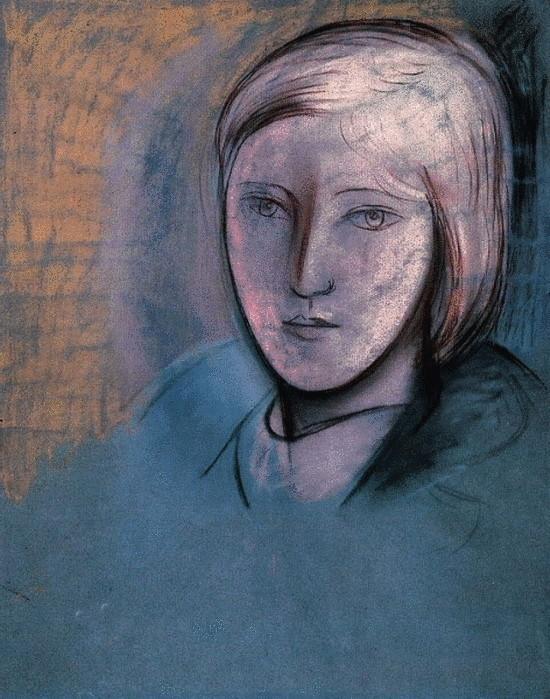
The time of love for Marie-Thérèse Walter was special, both in life and in art. The works of this period differed sharply from previously created paintings both in style and color. Masterpieces of the period of Marie Walter, especially before the birth of his daughter, are the pinnacle of his work.
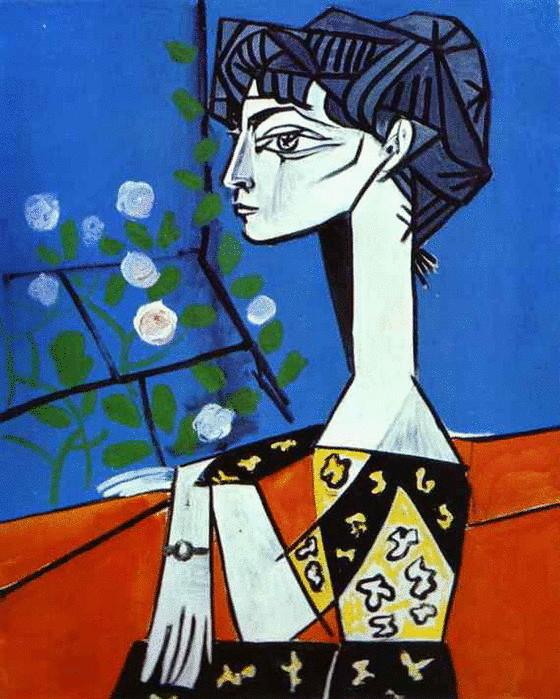
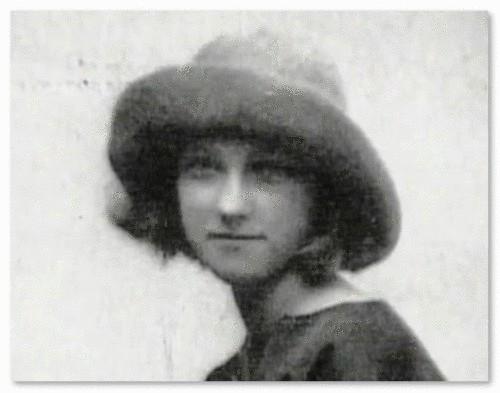
In 1935, Olga learned from a friend about her husband’s affair and that Maria-Theresa was pregnant. Taking Paulo with her, she immediately left for the south of France and filed for divorce. Picasso refused to divide the property equally, as required by French law, and Olga remained his lawful wife until his death. She died of cancer in Cannes in 1955. Picasso didn't go to the funeral. He just sighed with relief.
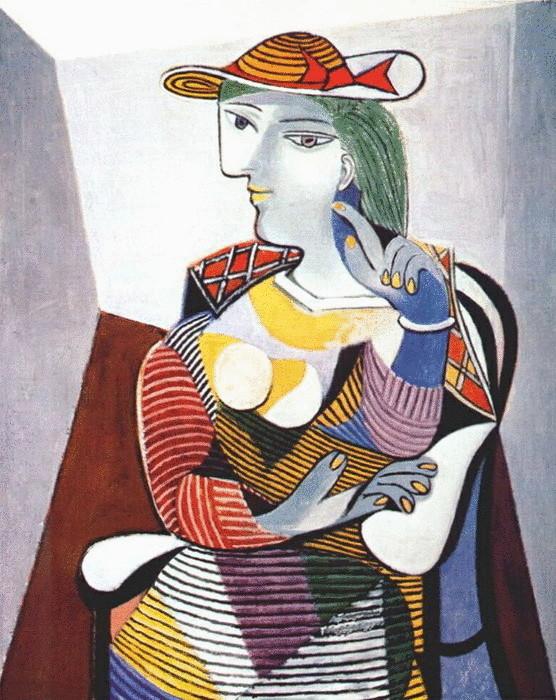
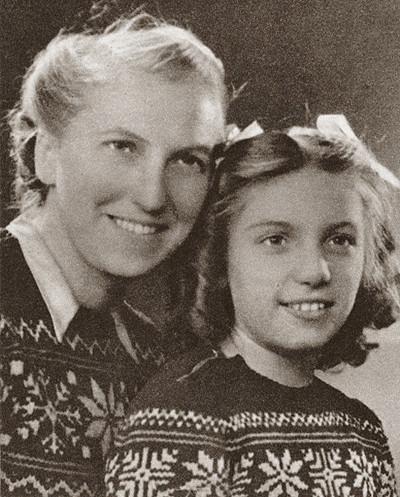
After the birth of the child, he cools off to Marie and has another mistress - 29-year-old artist Dora Maar.
One day, Dora and Marie-Theresa accidentally met in Picasso’s studio while he was working on the famous Guernica. The angry women demanded that he choose one. Pablo said they should fight for him. And the ladies attacked each other with their fists.
Later, the artist said that the fight between his two mistresses was the brightest event in his life. Marie-Theresa soon hanged herself. And Dora Maar, who will forever remain in the film “Crying Woman”.
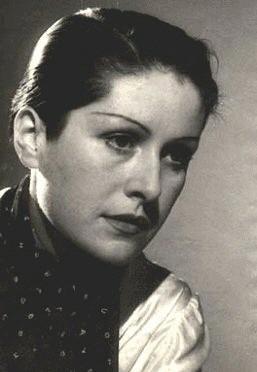
Dora.
For the passionate Dora, the breakup with Picasso was a disaster. Dora was admitted to St. Anne's Paris psychiatric hospital, where she was treated with electroshocks. Rescued her from there and brought out of the crisis a longtime friend, the famous psychoanalyst Jacques Lacan.
After that, Dora completely closed herself, becoming for many a symbol of a woman whose life is broken by her love for the cruel genius of Picasso. Secluded in her apartment near the street Grand Augustin, she plunged into mysticism and astrology, converted to Catholicism.
Her life came to a halt, perhaps in 1944, when she broke up with Picasso.
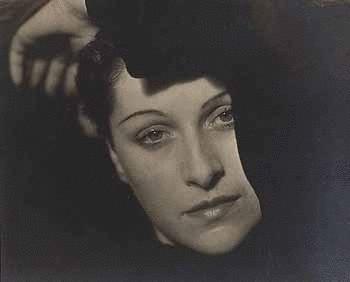
Later, when Dora returned to painting, her style radically changed: now lyrical views of the banks of the Seine and landscapes of Luberon came out from under her brush. Friends organized an exhibition of her work in London, but it went unnoticed. However, Dora did not come to the vernissage, explaining later that she was busy, as she painted a rose in the hotel room.
After surviving for a quarter of a century what Andre Breton said was the "crazy love" of her life, Dora Maar died in July 1997 at the age of 90 alone and in poverty. And about a year later, her portrait of “The Weeping Woman” was sold at auction for 37 million francs.
Blossoming during the war, the love of Picasso and Dora Maar did not stand the test of peace. Their romance lasted seven years, and it was a story of broken, bitter love. Could it have been different? Dora Maar was fierce in her feelings and creativity. She had an unbridled temperament and a fragile psyche: bursts of energy were followed by periods of deep depression. Picasso is known as a “sacred monster,” but it seems that in human relations he was just a monster.
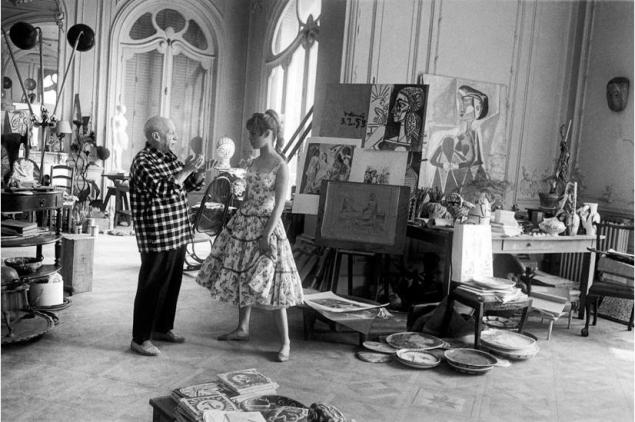
The artist quickly forgot his mistresses. Soon he began to meet with 21-year-old Françoise Gilot, who was a master in granddaughter. I met her at a restaurant and immediately invited her to take a bath. In occupied Paris, hot water was a luxury, and Picasso was one of the few who could afford it.
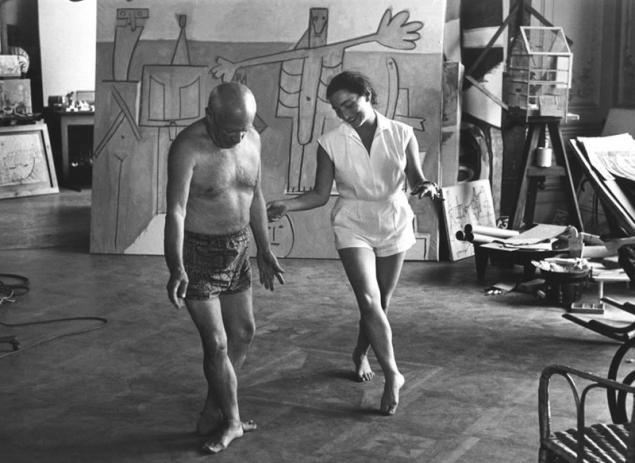
Unsubmitted to Love by Françoise Gilot
In the life of any destroyer of hearts and destinies, sooner or later there is a woman who cannot be broken and subjugated. Such a strong and self-sufficient woman met Pablo Picasso in 1943. About her 10-year romance with the great artist Françoise Gilot later wrote a book “My Life with Picasso”, which was then filmed “To Live a Life with Picasso”.
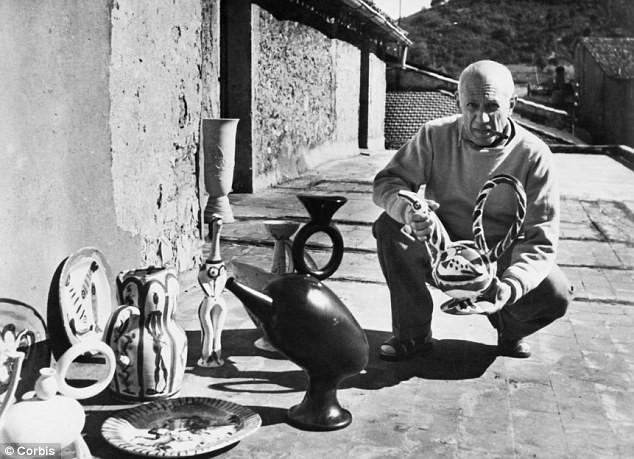
Unlike many lovers of the master, Françoise Gilot did not go mad and did not commit suicide. Feeling that the love story had come to an end, she left Picasso herself, preventing him from adding to the list of abandoned and devastated women.
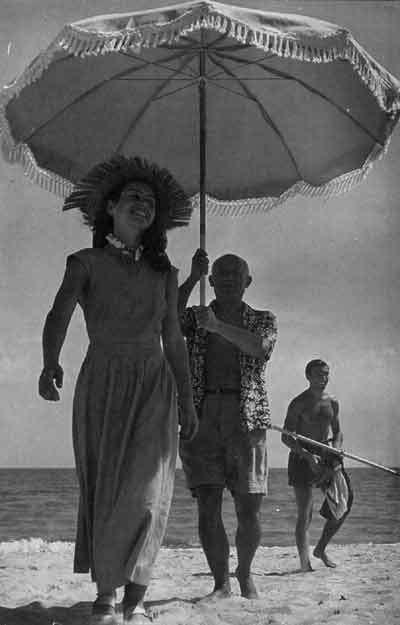
Françoise and Picasso met on a professional basis: a young woman was fond of art and was engaged in painting. For a while she posed for the artist and took lessons from him. Six months later, their relationship turned into a romance. To display the image of the rebellious beloved Picasso resorts to new techniques, mastering lithography and engraving. With the appearance in the life of Picasso Françoise in his paintings returned the lyrics. The Woman Flower, written in 1946, is an ode to femininity and tenderness.
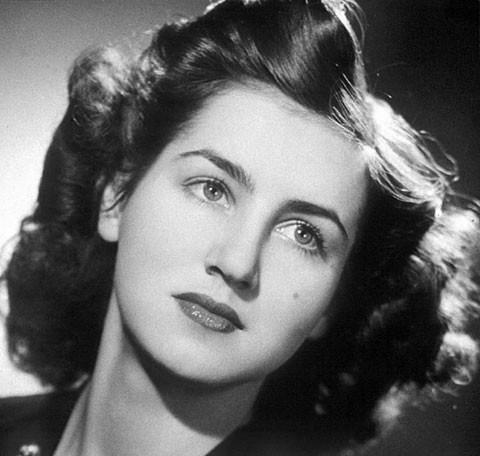
With Françoise, Picasso learns to enjoy life in a new way. Not by looking at it, but by looking at it. This is a period of calm happiness on the coast, enjoying simple joys such as sparkling sea and gentle flowing clear sand. It is these sparks of happiness that we see in “The Joy of Life” – the most vivid picture of the period with the name “Françoise”.
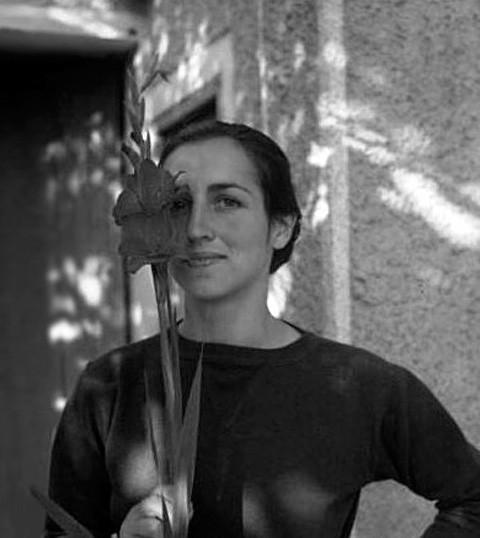
This amazing woman managed to fill Picasso with strength without wasting her own. She gave him two children and proved that the family idyll is not a utopia, but a reality for free and loving people. The children of Françoise and Pablo received the name Picasso and after the death of the artist became owners of part of his fortune.
Françoise set a point in her relationship with the artist herself, learning about his infidelity. Her later life was rich in events and happy moments. Having published the book “My Life with Picasso”, Françoise Gilot largely went against the will of the artist, but gained worldwide fame.
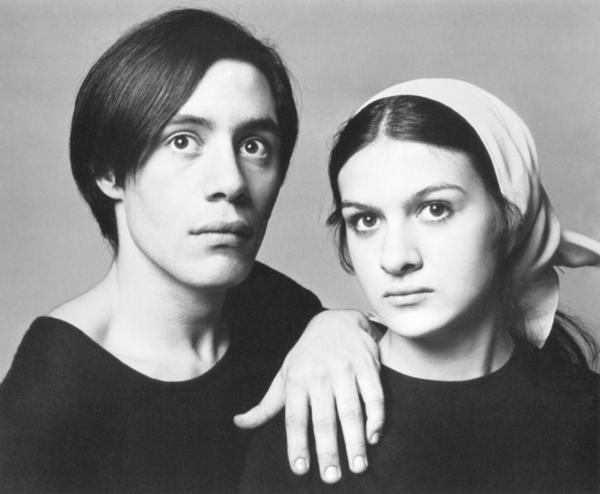
Picasso's children
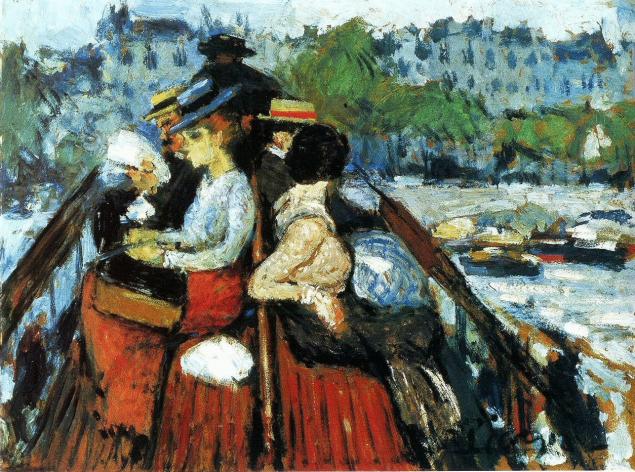
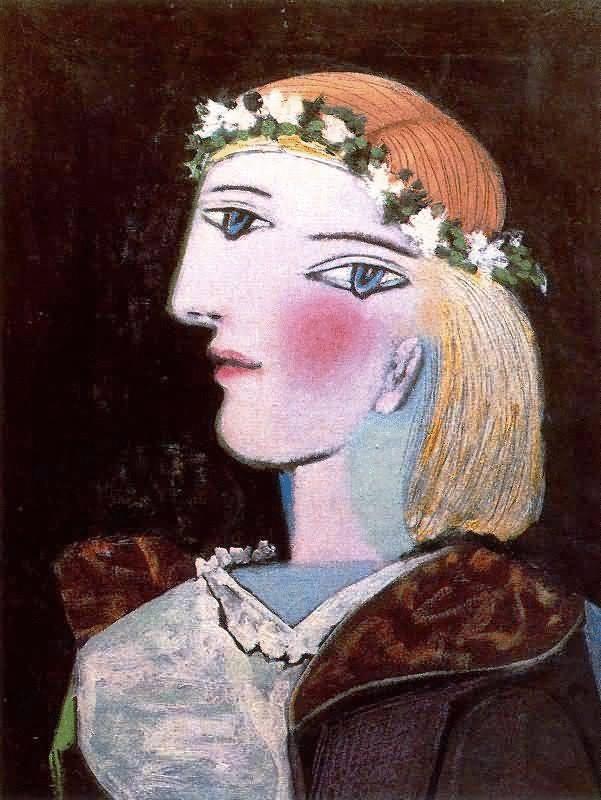
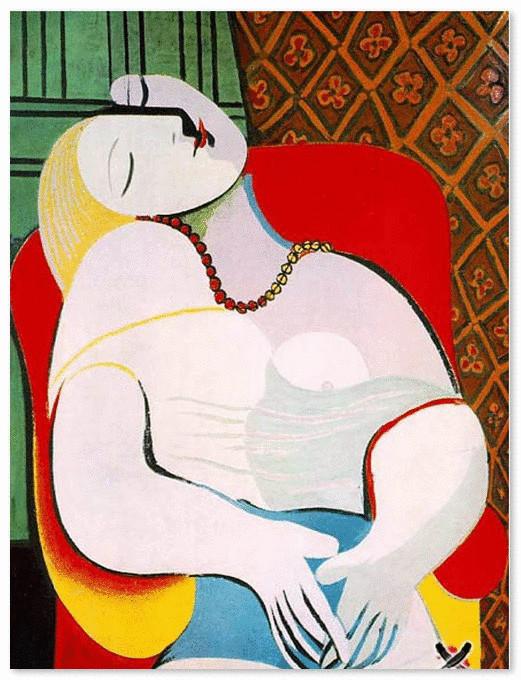

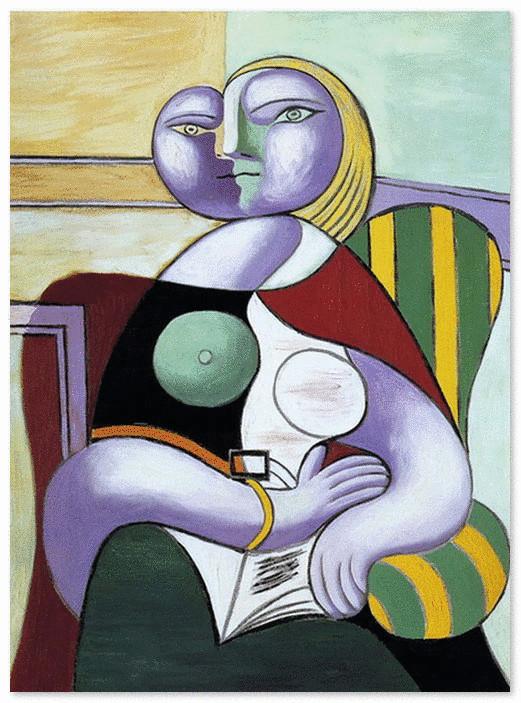
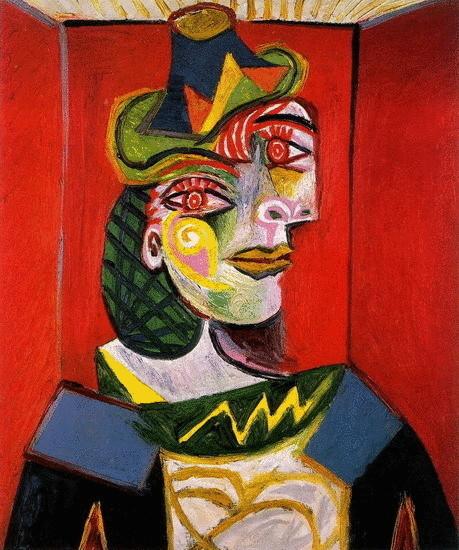
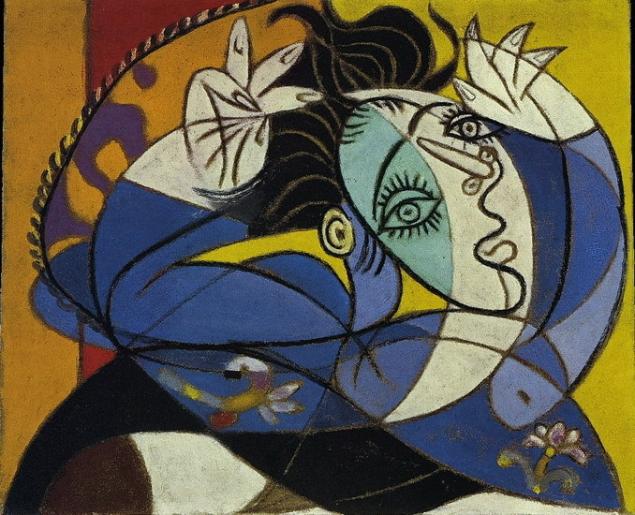
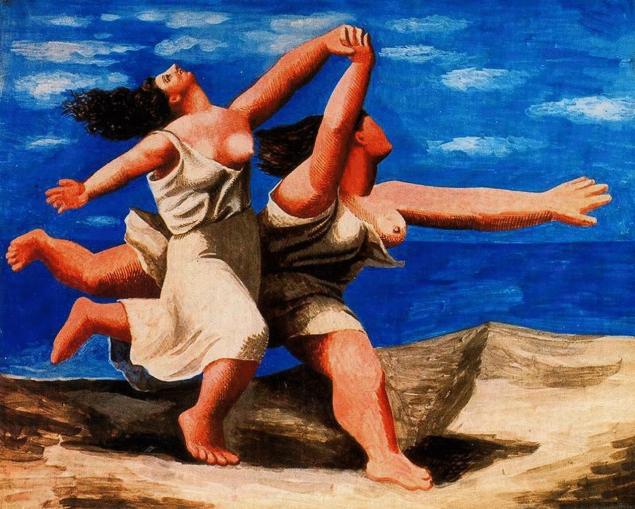
That's what Picasso said. Quotations
Leave for tomorrow only what is not a pity to leave unfinished after your death.
Only work and women prolong life.
I like living poor, but with a lot of money in my pocket.
Bad artists borrow. Good artists steal.
Good taste is the worst enemy of creativity.
Art is a lie that leads to truth.
Art is a magic that helps to endure the agony of everyday life.
There are more copies than the originals.
Everyone is trying to understand painting. Why don't they try to understand the singing of birds?
Everyone has the right to change, even artists.
There are artists who turn the sun into a yellow spot.
But there are others who, by their art and their reason,
Turn a yellow spot into the sun.Source:tanjand.livejournal.com
Source: /users/1077

Mystery, Confusion, Madness, Magic: These are the first words that came to mind when patrons tried to describe the creation of the Maestro – “Studio with a plaster head”, when viewed at the Museum of Modern Art in New York. Indeed, the image looks confusing and multi-layered. And there is a sense of space that is shaking with the raging magnetism there.
The words "mystery", "madness" "layered" can define the life, passion, love and work of Picasso.


He was a terrific man: small, only 158 centimeters tall, with what is now called charisma. Picasso’s special aura was colored by his explosive, Spanish temperament and genius. A combination that women could not resist. And more eyes. Burning.


His love, however, was ruthless and even sadistic. Many Picasso women either committed suicide or went mad. Maria Theresa Walter hanged herself, went to a monastery, and then Jacqueline Rock shot herself, Olga Khokhlova became obsessed. After analyzing the handwriting of the Spaniard, Paul Eluard concluded: “He loves passionately, but his love kills.”
And when one of the last mistresses of genius Genevieve Laporte broke up with Picasso, Jean Cocteau told her: "You made this decision in time, maybe it saved your life."

At the age of 8, Pablo wrote his first serious work, Picador. At the age of 16, Picasso entered the Royal Academy of Fine Arts of San Fernando. He dropped out just as easily. Instead of poring over the books, Pablo and his friends began to curate around Madrid brothels.
At the age of 19, the artist went to conquer Paris. Before leaving, Picasso painted a self-portrait. At the top of the picture, he signed with black paint: “I am the king!” However, in the capital of France, the “king” had a hard time. There was no money. One winter, in order not to freeze, he sank a fireplace of stone with his own works.
On the personal front, things were much better. Women have always loved Picasso.

The artist cynically said, “For me, there are only two types of women – goddesses and rags to wipe your feet.”
Picasso quickly turned all his goddesses into rags.

His first lover was Fernanda Olivier (she was 18, he was 23). In Paris, Pablo Picasso lives in a poor quarter on Montmartre, in a dormitory where novice artists settled, and where Fernanda Olivier sometimes poses for them. There she meets Picasso, becomes his model and his girlfriend. Lovers lived in poverty. In the morning they stole croissants and milk. Gradually, Picasso’s paintings began to be bought.

How much do Pablo and Fernanda here resemble those tender lovers from novels-research, which blossomed like sensual flowers on graceful stems. These are the spirit of marijuana romances where lovers, united for one night, accidentally stay together for life. In such novels, there was always an element of something "introduced" - a gift from outside - and so lovers bonded by marijuana never particularly trusted their love, marijuana was the third character in the play and might one day disappear.

They lived together for almost a decade, and from this period a large number of portraits of Fernande and female images painted from her remain.

According to researchers, she was a model for the creation of Avignon maidens, one of the main paintings of Picasso, a turning point for the art of the twentieth century.
But there was a time when they lived apart (summer and autumn 1907). This summer left bad memories. Both he and she had affairs with others. But the worst part was that he lived with a woman who didn't understand Cubism at all, who didn't like it.

Picasso may have been suffering from an organic depression; later, when he returned to Paris, he suffered a stomach ailment. His ulcerative state. From now on, the relationship between the brush and the canvas will not go to the artist for nothing - cubism, as a complex, was as simple as playing chess in three dimensions. And they broke up, Picasso and Fernanda.
The first true love came to the artist in 1917, when he met one of the ballerinas of Sergei Diaghilev Olga Khokhlova.

The history of their relationship began on May 18, 1917, when Olga danced at the premiere of the ballet Parade at the Chatelet Theatre. The ballet was created by Sergei Diaghilev, Eric Satie and Jean Cocteau, and Pablo Picasso was responsible for costumes and decoration.


After they met, the troupe went on tour to South America, and Olga went with Picasso to Barcelona. The artist introduced her to his family. My mother didn't like her. Olga is a foreigner, Russian, not a match for her brilliant son! Life will tell you your mother was right.

Picasso, especially for his mother, paints a portrait of Olga in Spanish costume.

Olga and Picasso were married on June 18, 1918 in the Orthodox Cathedral of Alexander Nevsky. Jean Cocteau and Max Jacob witnessed the wedding.

In July 1919, they traveled to London for the new premiere of the Ballet Russe, the ballet “Triangle” (Spanish “El Sombrero de tres Picos”, French “Le Tricorne”), for which Picasso again created costumes and sets.


The ballet was also shown at the Alhambra in Spain and had great success at the Paris Opera in 1919. It was a time when they were happily married and often participated in public events.

On February 4, 1921, Olga’s son Paulo (Paul) was born. Since then, the relationship of the spouses began to deteriorate rapidly.

Olga was wasting her husband’s money, and he was desperately angry. And the most important reason for the disagreement was the role imposed by Olga Picasso. She wanted to see him as a salon portrait painter, a commercial artist, spinning in the highest light and receiving orders there.

Such a life bored the genius. This was immediately reflected in his paintings: his wife Picasso portrayed exclusively in the form of an evil old woman, whose distinctive feature was menacing long sharp teeth.

This is how Picasso saw his wife for the rest of his life.

In 1927, when Picasso was 46, he escaped from Olga to 17-year-old Marie-Therese Walter. It was fire, mystery, madness.

The time of love for Marie-Thérèse Walter was special, both in life and in art. The works of this period differed sharply from previously created paintings both in style and color. Masterpieces of the period of Marie Walter, especially before the birth of his daughter, are the pinnacle of his work.


In 1935, Olga learned from a friend about her husband’s affair and that Maria-Theresa was pregnant. Taking Paulo with her, she immediately left for the south of France and filed for divorce. Picasso refused to divide the property equally, as required by French law, and Olga remained his lawful wife until his death. She died of cancer in Cannes in 1955. Picasso didn't go to the funeral. He just sighed with relief.


After the birth of the child, he cools off to Marie and has another mistress - 29-year-old artist Dora Maar.
One day, Dora and Marie-Theresa accidentally met in Picasso’s studio while he was working on the famous Guernica. The angry women demanded that he choose one. Pablo said they should fight for him. And the ladies attacked each other with their fists.
Later, the artist said that the fight between his two mistresses was the brightest event in his life. Marie-Theresa soon hanged herself. And Dora Maar, who will forever remain in the film “Crying Woman”.

Dora.
For the passionate Dora, the breakup with Picasso was a disaster. Dora was admitted to St. Anne's Paris psychiatric hospital, where she was treated with electroshocks. Rescued her from there and brought out of the crisis a longtime friend, the famous psychoanalyst Jacques Lacan.
After that, Dora completely closed herself, becoming for many a symbol of a woman whose life is broken by her love for the cruel genius of Picasso. Secluded in her apartment near the street Grand Augustin, she plunged into mysticism and astrology, converted to Catholicism.
Her life came to a halt, perhaps in 1944, when she broke up with Picasso.

Later, when Dora returned to painting, her style radically changed: now lyrical views of the banks of the Seine and landscapes of Luberon came out from under her brush. Friends organized an exhibition of her work in London, but it went unnoticed. However, Dora did not come to the vernissage, explaining later that she was busy, as she painted a rose in the hotel room.
After surviving for a quarter of a century what Andre Breton said was the "crazy love" of her life, Dora Maar died in July 1997 at the age of 90 alone and in poverty. And about a year later, her portrait of “The Weeping Woman” was sold at auction for 37 million francs.
Blossoming during the war, the love of Picasso and Dora Maar did not stand the test of peace. Their romance lasted seven years, and it was a story of broken, bitter love. Could it have been different? Dora Maar was fierce in her feelings and creativity. She had an unbridled temperament and a fragile psyche: bursts of energy were followed by periods of deep depression. Picasso is known as a “sacred monster,” but it seems that in human relations he was just a monster.

The artist quickly forgot his mistresses. Soon he began to meet with 21-year-old Françoise Gilot, who was a master in granddaughter. I met her at a restaurant and immediately invited her to take a bath. In occupied Paris, hot water was a luxury, and Picasso was one of the few who could afford it.

Unsubmitted to Love by Françoise Gilot
In the life of any destroyer of hearts and destinies, sooner or later there is a woman who cannot be broken and subjugated. Such a strong and self-sufficient woman met Pablo Picasso in 1943. About her 10-year romance with the great artist Françoise Gilot later wrote a book “My Life with Picasso”, which was then filmed “To Live a Life with Picasso”.

Unlike many lovers of the master, Françoise Gilot did not go mad and did not commit suicide. Feeling that the love story had come to an end, she left Picasso herself, preventing him from adding to the list of abandoned and devastated women.

Françoise and Picasso met on a professional basis: a young woman was fond of art and was engaged in painting. For a while she posed for the artist and took lessons from him. Six months later, their relationship turned into a romance. To display the image of the rebellious beloved Picasso resorts to new techniques, mastering lithography and engraving. With the appearance in the life of Picasso Françoise in his paintings returned the lyrics. The Woman Flower, written in 1946, is an ode to femininity and tenderness.

With Françoise, Picasso learns to enjoy life in a new way. Not by looking at it, but by looking at it. This is a period of calm happiness on the coast, enjoying simple joys such as sparkling sea and gentle flowing clear sand. It is these sparks of happiness that we see in “The Joy of Life” – the most vivid picture of the period with the name “Françoise”.

This amazing woman managed to fill Picasso with strength without wasting her own. She gave him two children and proved that the family idyll is not a utopia, but a reality for free and loving people. The children of Françoise and Pablo received the name Picasso and after the death of the artist became owners of part of his fortune.
Françoise set a point in her relationship with the artist herself, learning about his infidelity. Her later life was rich in events and happy moments. Having published the book “My Life with Picasso”, Françoise Gilot largely went against the will of the artist, but gained worldwide fame.

Picasso's children








That's what Picasso said. Quotations
Leave for tomorrow only what is not a pity to leave unfinished after your death.
Only work and women prolong life.
I like living poor, but with a lot of money in my pocket.
Bad artists borrow. Good artists steal.
Good taste is the worst enemy of creativity.
Art is a lie that leads to truth.
Art is a magic that helps to endure the agony of everyday life.
There are more copies than the originals.
Everyone is trying to understand painting. Why don't they try to understand the singing of birds?
Everyone has the right to change, even artists.
There are artists who turn the sun into a yellow spot.
But there are others who, by their art and their reason,
Turn a yellow spot into the sun.Source:tanjand.livejournal.com
Source: /users/1077
